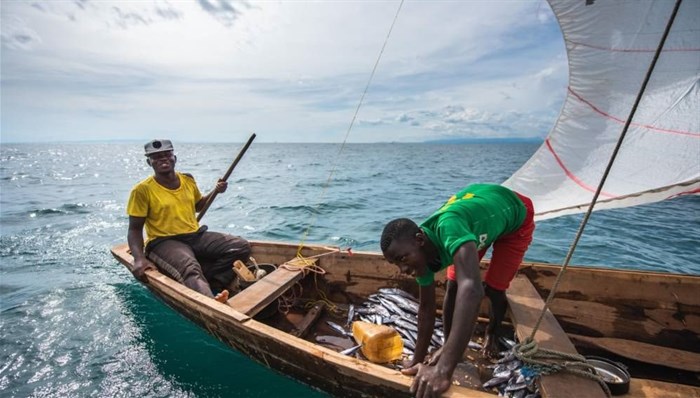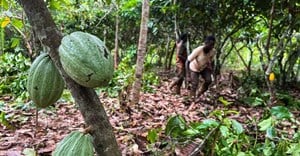Integrated approach needed to aid conservation, health

But has Africa made any significant deliberate moves aimed at reducing these scourges that are ravaging many, especially the vulnerable groups such as the poor? Whereas many attempts have been made by governments and non-governmental organisation on these and many other problems, not much has been achieved.
The World Bank report estimates that 42.3% of the population in sub-Saharan Africa live below $1 dollar per day. Most countries in Africa are still far from realising the UN Sustainable Development Goals (SDGs).
It is not possible to address human health without taking into consideration environmental conservation and the rapid growing population. - Nelson Mandela Ogema
A project known as Tuungane — a Kiswahili word for let us come together — is a joint initiative of The Nature Conservancy and Pathfinder in the western part of Tanzania to conserve the Greater Mahale Ecosystem that is home to indigenous chimpanzees, savanna elephants and over one million people. The project uses an interdisciplinary conservation approach focusing on population, health and environment.
My interaction with some of the people managing the project made me believe that it is not possible to address human health without taking into consideration environmental conservation and the rapid growing population – an aspect of reproductive health.
The Tuungane project is an outpost of success in training volunteer community health workers who reach out to the community to educate them on the importance of pregnancy spacing, sanitation and immunisation, training fish farmers on more sustainable fishing practices such as using the recommended fishing gears, and protecting the forests from human encroachment for agricultural activities.
"Our focus lies on the conservation of environment for the benefit of people’s livelihoods," said Lucy Magembe, the country director for The Nature Conservancy. "We hope that by conserving the environment and creating awareness, our community will stand to benefit not only economically through tourism but also improve their lives through healthy living standards."
In communities where the main economic activities are farming and fishing, you cannot address the need to use the recommended fishing gears without focusing on climate-smart agriculture around the lakes and river beds. Climate-smart agriculture is an approach that aids the transformation and reorientation of agricultural systems to boost development and food security in a changing climate, according to the FAO.
During the tour, Lagosa Mixed Secondary School in Uvinza District gave us clear insights on some of the project's initiatives and I wondered why an international conservation non-governmental organisation concerned with land and water conservation would build a dormitory for female students.
But Teresa Gabriel, a 15-year old student of the school, made me know why. "This dormitory is making me stay longer hours in the school as our home is 12 kilometres away and I used to cover that long distance walking to school," she said. "Being in school has helped [us] form groups in which we discuss so many issues with the guidance of our teachers among them our health, early pregnancy, HIV/AIDS and even environmental conservation and their impact on our lives and livelihoods.
"I drink clean, treated water from the taps in school and thus less exposed to cholera as before. I have gained knowledge of proper disposal of wastes and I understand getting pregnant at my age is not healthy for me “I am lucky and not like my friends who dropped out of school because they became pregnant."
I was convinced the students have gained some knowledge and skills for better and improved health as well as the importance of conserving natural resources for sustainability.
This piece was produced by SciDev.Net’s Sub-Saharan Africa English desk.























